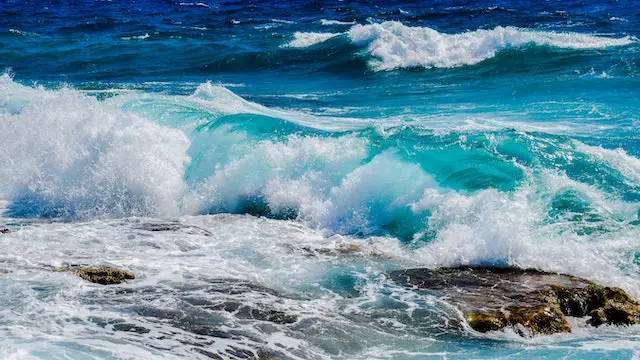Theme:
- On 24th August 2023, Japan started releasing treated radioactive water from the Fukushima nuclear power plant into the Pacific Ocean. China is criticising this move.
What was the need for the release of Fukushima water:
- In the year 2011, Japan experienced a strong earthquake, which led to the automatic shutdown of nuclear reactors in the Fukushima power plant. Emergency generators were automatically switched on to cool down the immense amounts of heat generated by the reactors. (How nuclear power is generated: Nuclear fission generates immense amounts of heat, which is used to boil water to produce steam. And then the steam is used to spin large turbines to produce electricity). But the tsunami caused by the earthquake damaged the emergency generators. The extreme heat partly melted the nuclear reactor and caused a nuclear meltdown. As a result, radiation was released into the air. The government evacuated thousands of people from the nearby areas. Even now, after more than 10 years, many people are not willing to return to their homes fearing radiation.
- To cool down the residual heat, the government has been pumping water into the plant. And due to the radiation, that water is contaminated. It was stored in more than 1,000 tanks.
- Now Japan is trying to safely decommission the Fukushima nuclear power plant. To do that, it needs land to build new facilities. Moreover, the huge tanks pose a risk of collapse in case of natural disaster. Hence, it decided to release the treated nuclear wastewater into the Pacific Ocean. The water was treated to remove radioactive substances. The only radioactive element which could not be removed is tritium. But that too was diluted to a great extent by mixing the treated waste water with sea water.
- International Atomic Energy Agency (IAEA) approved the Fukushima water release mentioning that the treated water is consistent with international safety standards.
- Japan decided to gradually release the treated radioactive water into the Pacific Ocean over the span of 30 years starting from the year 2023.
Criticism:
- This move attracted criticism from China and also from several activists in South Korea. In general, releasing nuclear waste waste is a regular practice of nuclear power plants but the amount of water being released from the damaged Fukushima power plant is facing criticism.
- China and Hong Kong banned the import of seafood from Japan after 1 million tonnes of waste water was released into the Pacific Ocean from the Fukushima plant. Japan criticised China by mentioning that the nuclear waste water that is being released from China’s power plant contains higher amounts of tritium.
Conclusion:
2011 Tsunami damaged the Fukushima nuclear power plant in Japan. And in 2023, Japan started releasing treated radioactive water into the Pacific Ocean. Even though the IAEA approved the release of waste water by mentioning that this water is not harmful to the environment, this move attracted criticism, especially from China.
Photo by Pixabay
Your Turn…
What are your thoughts on Japan’s Fukushima water release? Express your point of view through the comment section below. Subscribe to our blog to read answers to the trending GD topics.
References:
- ‘Samudramloki anu jalam’ by Arya published in Eenadu newspaper on 31st August 2023.
Copyright @ Group Discussion Ideas.

